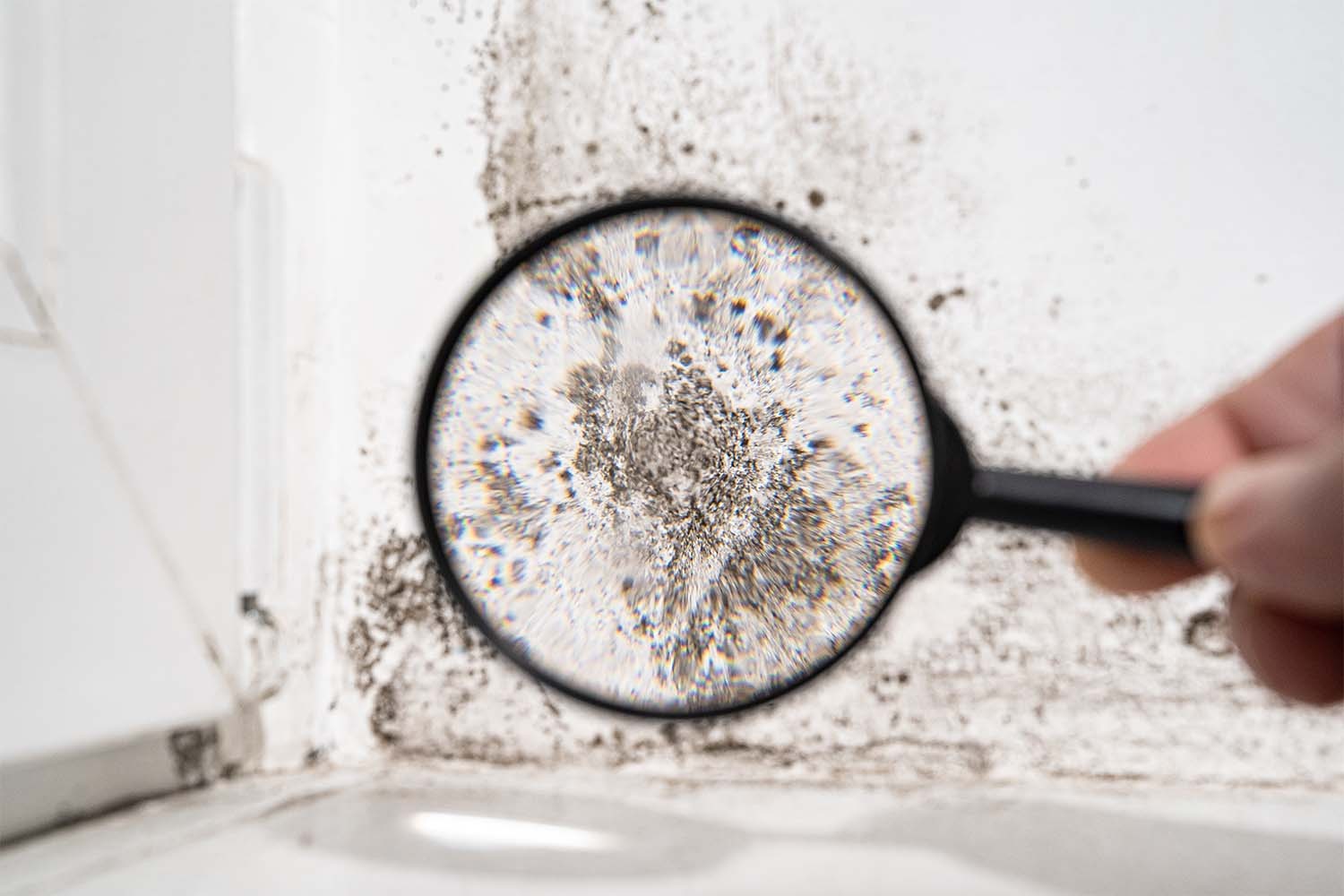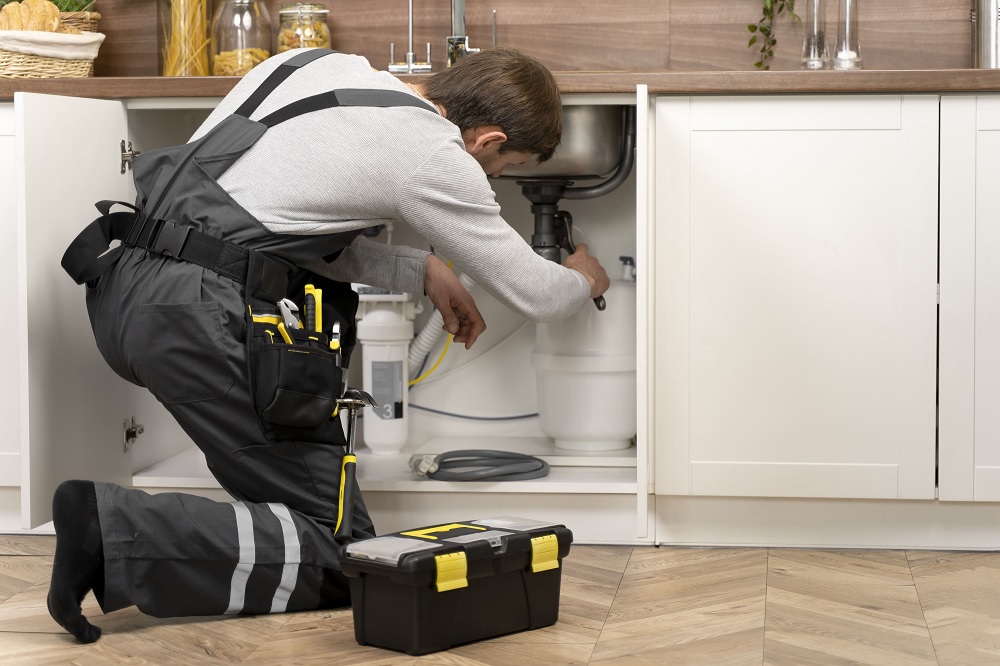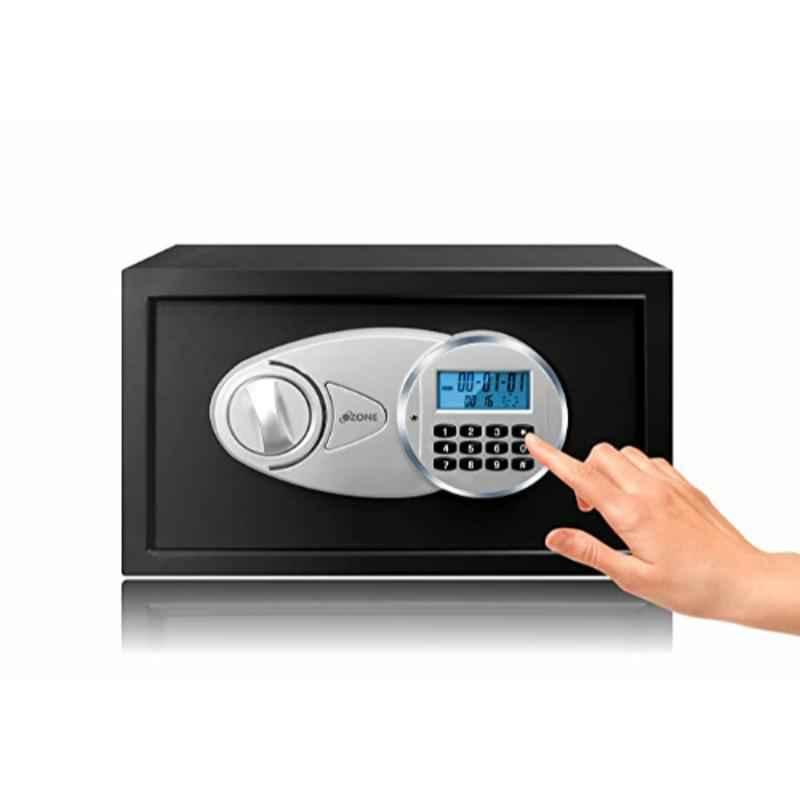Finding mold in your home is concerning. Breathing in mold spores and mycotoxins may cause allergy symptoms, asthma attacks, and other health issues for sensitive individuals. Mold growth left unchecked also damages building materials and furnishings. Traditionally, mold remediation has involved invasive demolition, replacement, and thorough cleaning of affected areas – a costly and time-consuming endeavor. Using ozone gas to clear mold has become an intriguing alternative. Proponents claim ozone effectively destroys mold, eliminates musty odors, and allows faster reoccupation of spaces compared to conventional remediation. However, questions remain about ozone’s safety and true effectiveness against stubborn mold infestations.
How does ozone eliminate mold?
Ozone works against mold through its strong oxidizing capacity. When ozone molecules encounter mold spores, hyphae, and mycelium, they essentially burn holes in their cell walls through oxidation. The high reactivity of ozone also damages other cell structures and enzymes inside mold cells. This disrupts the mold’s metabolism and destroys its ability to grow and reproduce. Ozone further helps deactivate mycotoxins like aflatoxin that molds release into the environment. It also alters the mold’s food source by oxidizing the organic matter the mold lives on so it no longer acts as nutrition. The combined stress of direct cell damage, toxin destruction, and starvation in the presence of ozone prove lethal to mold colonies.
Benefits of ozone mold remediation
Proponents put forth several advantages to using ozone over conventional mold removal methods:
- Kills surface and airborne mold – Ozone reduces visible mold growth as well as airborne spores that may aggravate respiratory issues
- Penetrates materials – Unlike liquids, ozone penetrates porous surfaces like wood, drywall, insulation, carpet padding, and furniture to reach embedded mold.
- Dries environments – By oxidizing mold’s food source, ozone lowers moisture levels that facilitate mold growth. This helps create an inhospitable environment for mold.
- No residue – Ozone naturally breaks down into regular oxygen over time without leaving chemical residues behind. Rooms can be reoccupied quickly after treatment.
- Cost-effective – Ozone equipment for home use is relatively inexpensive. Ozone treatment avoids costly reconstruction work to remove and replace moldy building materials.
If further information is required, kindly refer to https://www.damagecontrol-911.com/does-ozone-kill-mold/.
Recommendations for safe, effective ozone use
When incorporated properly, ozone is a useful tool to help remove mold. If you choose to employ ozone treatment, the following tips will help maximize benefits and safety:
- Test ozone levels and ventilate appropriately – Monitor ozone concentrations in real-time using sensors. Allow ozone to dissipate completely to safe levels before re-occupying rooms.
- Isolate treatment areas – Seal off rooms being treated to contain ozone and ensure it achieves proper saturation.
- Remove or protect valuables – Take artwork, plants, rubber, and electronics out of treatment areas to avoid ozone damage.
- Follow equipment protocols – Use ozone generators according to manufacturer specifications to avoid excessive ozone production.
- Use ozone as part of a plan – Combine with fixing moisture sources, dehumidification, ventilation improvements, and antimicrobial coatings for lasting mold prevention.
When used as directed, ozone is a strong disinfecting agent against mold in contaminated spaces. However, ozone alone cannot eliminate underlying moisture conditions that enable mold growth in the first place. This powerful oxidizer must be applied judiciously and as part of a comprehensive mold remediation strategy. By complementing conventional moisture control and ventilation measures, ozone enhances efforts to clear the air and keep it mold-free.














